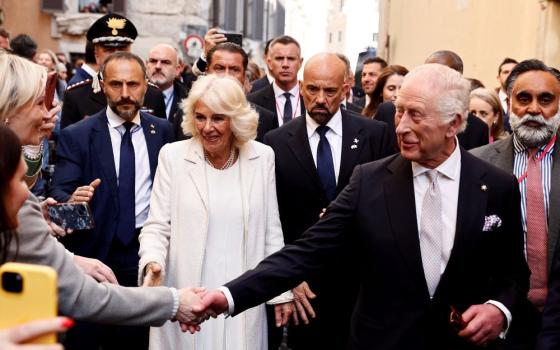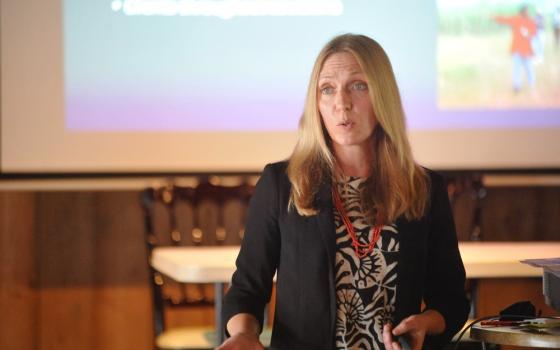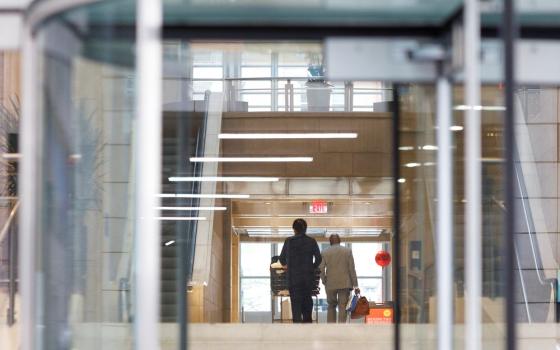We have already heard from St. Mary Ann Walsh of the USCCB, ABC's George Stephanopoulos, Whispers in the Loggia's Rocco Palmo, and NPR's Michel Martin. Today we hear from Terrence Donilon, the communications director for the Archdiocese of Boston.
This week's question: "What is the principal impediment to good media coverage of Catholicism/religion?"
Terrence Donilon:
I am not one to buy into the notion that there is a conspiracy against the Church by the media. One of my guiding principles when dealing with reporters is “I will never lie to you but it’s not my job to tell you everything. That’s why they call you a reporter.” Trust is at the core of every meaningful relationship. It is the same with reporters and representatives of the Church. Are there skewed opinions and personalities on both sides? Absolutely. But if we start from the premise that both sides have a job to do, then it makes the work much more productive and successful if there is mutual respect and trust.
Covering the Church is a complicated business. First, you have a two thousand year old institution given to us by Christ and governed by canon law that intersects with secular society; second, the teachings of the Church challenge people to live good and holy lives despite the knowledge that we are all sinners and that there are divisions on many issues; third, the Church has been engulfed in one of its darkest chapters in history with the sexual abuse of minors by priests and its resulting outcome has broken a bond of trust with its faithful that challenges its very moral authority; fourth, the advancement of social media and the impact these relatively new entities have in communicating the message of the Church are both important and a bit unregulated at this point depending on the source of the information. Telling the Church story is difficult given it is not fitted for a 90 second television story or a 30 second radio sound bite. The messenger must have a healthy respect and capability for drilling down to make the Church user friendly to the average Catholic. From the Church perspective, good media coverage is driven by what is happening beyond the walls of the “chancery” where the real good works of mercy are occurring. It is the culmination of a clear and concise message, vision and mission put forth by the Bishop and carried out in the parishes, schools and ministries of the diocese. Here in the Archdiocese of Boston, Cardinal Sean O’Malley has articulated a commitment to healing and rebuilding our local Church, to evangelization, social justice, and Catholic education. Doing interviews is not his first choice to start the day, but he understands the importance in communicating with our Catholic faithful and he appreciates that the most efficient way is through the media, The Pilot (the official newspaper of the Archdiocese), his blog (www.cardinalseansblog.org) and in variety of other entities available in the Archdiocese.



